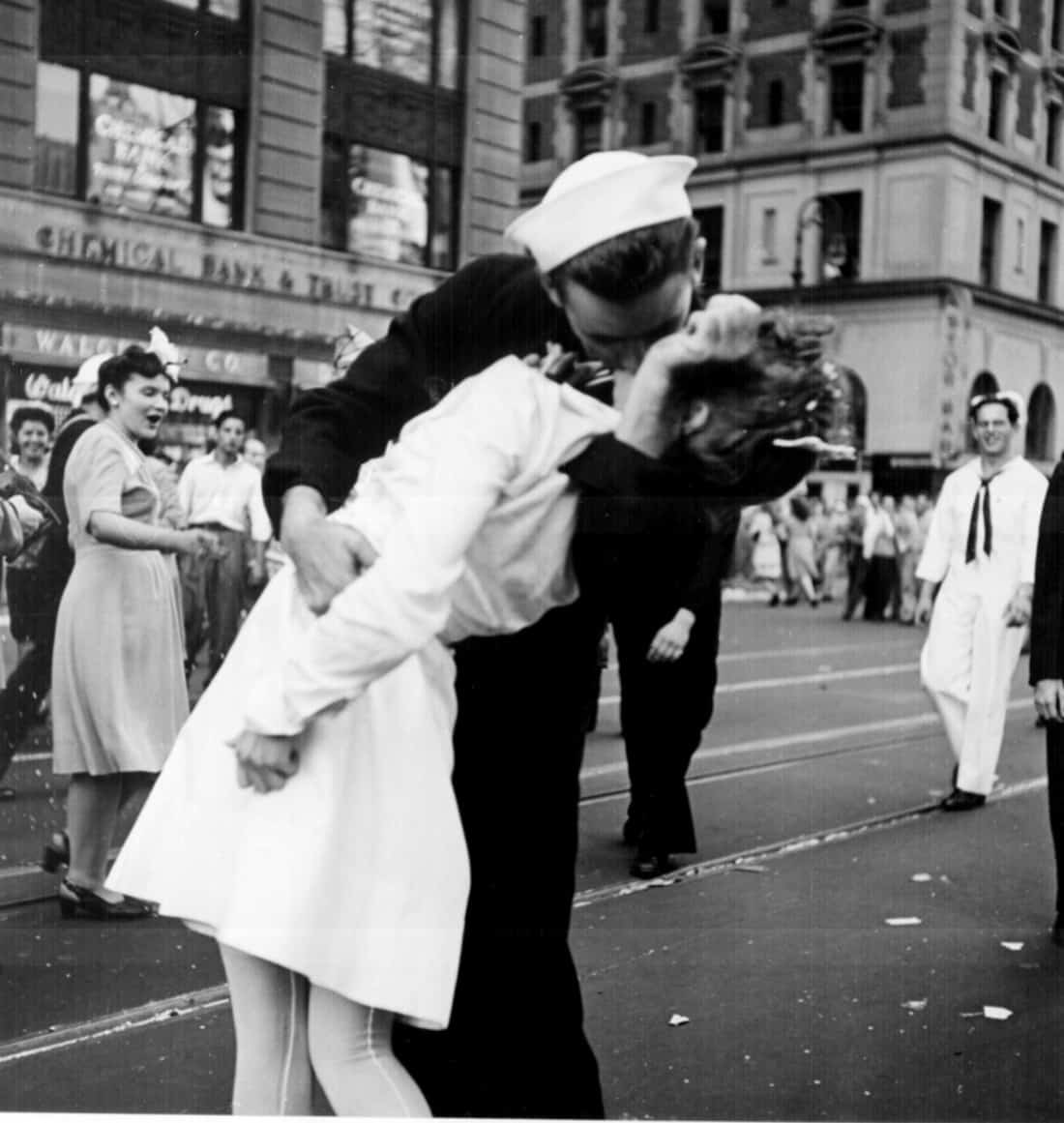Framing Streets for Dummies
Framing Streets for Dummies
Blog Article
Some Known Questions About Framing Streets.
Table of ContentsSome Known Factual Statements About Framing Streets Framing Streets for DummiesRumored Buzz on Framing StreetsHow Framing Streets can Save You Time, Stress, and Money.

Both at the Museum of Modern Art (Mo, MA). Motivated by Frank, in the 1960s Garry Winogrand, Lee Friedlander and Joel Meyerowitz began photographing on the roads of New York. Phil Coomes, creating for BBC News in 2013, claimed "For those of us interested in street photography there are a couple of names that stand apart and among those is Garry Winogrand"; critic Sean O'Hagan, creating in in 2014, said "In the 1960s and 70s, he specified road photography as a perspective in addition to a style and it has actually laboured in his darkness since, so definitive are his photos of New york city." Returning to the UK in 1965 from the US where he had actually met Winogrand and embraced road photography, Tony Ray-Jones turned a wry eye on frequently unique groups of British people on their holidays or taking part in events.
Street photography is a substantial genre that can be defined in numerous methods, yet it is typically characterized by the spontaneous capturing of an unrepeatable, fleeting minute, often of the daily going-ons of strangers. It is characteristically shot with bigger angle lenses (e. g. 35mm) and typically features metropolitan environments.
Excitement About Framing Streets
Documentary photographers generally have a defined, deliberate message and a purpose to record particular occasions in background (https://framingstreets1.bandcamp.com/album/framing-streets). The range of the docudrama strategy incorporates facets of journalism, art, education and learning, sociology and background. In social investigation, documentary images are often intended to prompt, or to highlight the demand for, social adjustment
Road photography is generally viewed as unposed and candid, however there are a few road photographers who engage with complete strangers on the streets and take their pictures. Road portraits are unplanned pictures taken of complete strangers while out doing street digital photography, nonetheless they are seen as positioned because there is communication with the subject.
e. 'candid digital photography' by interpretation) for art purposes has actually been questionable. Photographing individuals and areas in public is legal in the majority of nations safeguarding liberty of expression and journalistic liberty. There are typically limits on just how pictures of individuals may be made use of and most nations have details regulations relating to individuals's privacy.
Getting The Framing Streets To Work
While the common-law districts adhere to the UK, with respect to the freedom to take photos in a public location, Quebec legislation provides that, in most scenarios, their magazine can take area just with the consent of the subjects therein. The European Union's Civil rights Act 1998, which all EU nations need to promote in their residential regulation, develops in a right to personal privacy. Of liberty of expression. While likewise limiting digital photography in order to secure privacy rights, road digital photography can still be legal in France when sought as an art type under certain circumstances.

. that just strayed into a scene), or that are not also well-known in the picture. https://www.viki.com/users/framingstreets1/about. It also does not usually expand to people who are somebodies (e. g - sony a9iii. political leaders or celebrities). If an image is thought about art, the courts will additionally think about the photographer's liberty of creative expression; implying that "artistic" street digital photography can still be lawfully published in certain cases
Some Known Details About Framing Streets
In Greece the right to take photographs and publish them or offer licensing rights over them as art or editorial material is protected by the Constitution of Greece (Write-up 14 and other short articles) and cost-free speech laws in addition to by situation regulation and lawful cases. Photographing the police and publishing the photos is additionally lawful.
In Hungary, from 15 March 2014 anybody taking photographs is technically breaking the legislation if somebody wanders right into shot, under a new civil code that forbids taking photos without the approval of everyone in the photo - photography presets. This broadens the law on permission to consist of the taking of photos, along with their publication
'Hidden digital photography' (kakushidori concealed, surreptitious photography) 'swiped digital photography' (nusumitori without any intention of obtaining consent) and "fast digital photography' (hayayori before permission and rejection can be given) are restricted unless in the former approval is acquired from the subject right away after taking the photo. Individuals have rights to their photos (shzken, droit de image).
Report this page